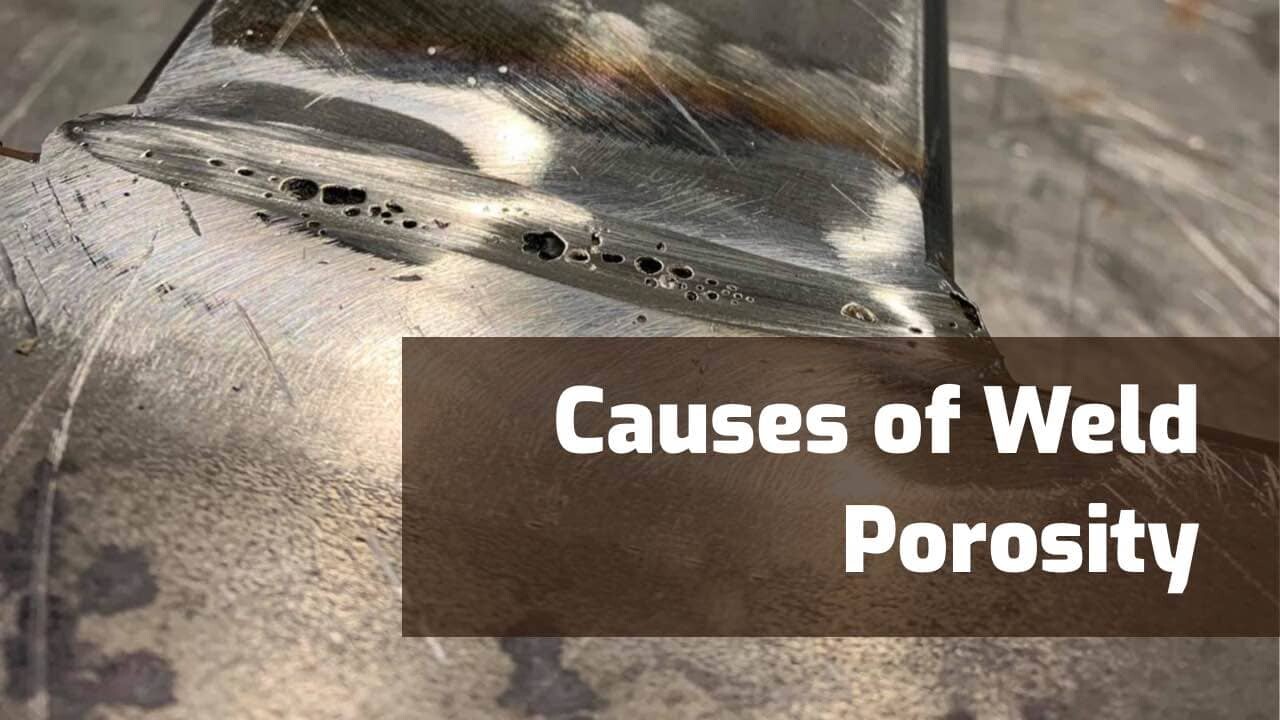Discover What is Porosity in Welding and Its Impact on Structural Integrity
Discover What is Porosity in Welding and Its Impact on Structural Integrity
Blog Article
Porosity in Welding: Identifying Common Issues and Implementing Best Practices for Prevention
Porosity in welding is a prevalent issue that frequently goes unnoticed till it triggers significant troubles with the honesty of welds. In this discussion, we will discover the essential elements contributing to porosity development, examine its detrimental results on weld efficiency, and talk about the ideal methods that can be adopted to decrease porosity incident in welding processes.
Usual Sources Of Porosity

Using filthy or damp filler materials can present contaminations into the weld, contributing to porosity problems. To alleviate these typical causes of porosity, detailed cleaning of base metals, correct protecting gas option, and adherence to optimum welding parameters are vital methods in attaining high-quality, porosity-free welds.
Impact of Porosity on Weld High Quality

The visibility of porosity in welding can substantially jeopardize the structural integrity and mechanical homes of welded joints. Porosity produces voids within the weld metal, compromising its overall toughness and load-bearing capability.
One of the primary consequences of porosity is a decline in the weld's ductility and durability. Welds with high porosity levels tend to show reduced impact toughness and lowered capability to deform plastically prior to fracturing. This can be especially concerning in applications where the bonded elements are subjected to vibrant or cyclic loading conditions. Additionally, porosity can restrain the weld's capability to efficiently send pressures, leading to early weld failure and possible security hazards in essential frameworks.
Finest Practices for Porosity Avoidance
To improve the structural integrity you could check here and quality of welded joints, what particular steps can be executed to reduce the incident find out this here of porosity during the welding process? Using the correct welding technique for the certain product being welded, such as adjusting the welding angle and weapon placement, can additionally stop porosity. Routine assessment of welds and instant remediation of any type of problems determined throughout the welding procedure are essential techniques to avoid porosity and produce high-quality welds.
Relevance of Appropriate Welding Techniques
Implementing correct welding techniques is critical in making certain the structural stability and top quality of welded joints, developing upon the structure of effective porosity avoidance actions. Excessive warm can lead to increased porosity due to the entrapment of gases in the weld pool. In addition, using the proper welding parameters, such as voltage, present, and take a trip rate, is essential for accomplishing audio welds with marginal porosity.
Furthermore, the option of welding procedure, whether it be MIG, TIG, or stick welding, need to align with the specific requirements of the job to make certain optimal results. Proper cleaning and preparation of the base steel, along with picking the right filler material, are also vital elements of skillful welding strategies. By adhering to these best practices, welders can reduce the danger of porosity development and produce top quality, structurally sound welds.

Testing and High Quality Control Procedures
Quality assurance measures play a vital duty in validating the integrity and reliability of welded joints. Checking treatments are vital to detect and avoid porosity in welding, making sure the strength and longevity of the end product. Non-destructive screening approaches such as ultrasonic screening, radiographic screening, and aesthetic inspection are typically used to identify potential flaws like porosity. These techniques enable the assessment of weld high quality without compromising the stability of the joint. What is Porosity.
Post-weld inspections, on the other hand, analyze Resources the final weld for any type of issues, including porosity, and verify that it fulfills specified requirements. Applying an extensive high quality control strategy that includes complete testing procedures and examinations is vital to minimizing porosity problems and ensuring the general top quality of bonded joints.
Final Thought
In verdict, porosity in welding can be an usual problem that impacts the top quality of welds. By determining the typical reasons of porosity and applying ideal practices for prevention, such as proper welding methods and testing procedures, welders can make sure excellent quality and reliable welds. It is important to prioritize prevention techniques to reduce the incident of porosity and preserve the stability of welded structures.
Report this page